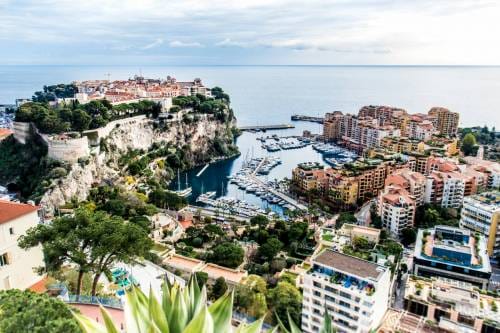The offshore urban extension project in Portier cove is now entering a new phase with the dredging of unpolluted marine sediment within the project area. This will then be submerged off the coast of Monaco, in an area selected for the purpose.
For several days, the Francis Beaufort, a 140-metre-long dredger, has been sucking up the sediment using a 75-metre-long trailing suction pipe. In the course of an hour, the dredger collects around 11,000 cubic metres of mixed seawater and sediment; by the end of November it will have removed almost 400,000 cubic metres of sediment.
This phase follows on from the project’s previous stages:
– Eradication of the invasive seaweed Caulerpa in the project area at the end of 2016; this work involved a dozen divers;
– Innovative work to move and transplant Neptune grass, with around 400 square metres in the Larvotto reserve and 100 square metres at the foot of Fontvieille sea wall;
– The removal of 150 noble pen shells from the project site to the Larvotto reserve;

– The removal of eight rocks hosting Lithophyllum Byssoid (crusted seaweed) colonies to the rubble embankment at the foot of the Oceanographic Museum;
– Dredging and removal of 110,000 tonnes of polluted silt to the Envisan site (La Seyne sur Mer), which specialises in onshore contaminated sediment management;
– Dredging of 110,000 cubic metres of man-made fill at the foot of Hotel Fairmont, submerged off the coast in Monegasque territorial waters.
Once this layer of sediment has been removed, the next phase can begin in early December. This will involve filling the foundations on which the band of caissons will sit.
Source: en.gouv.mc








